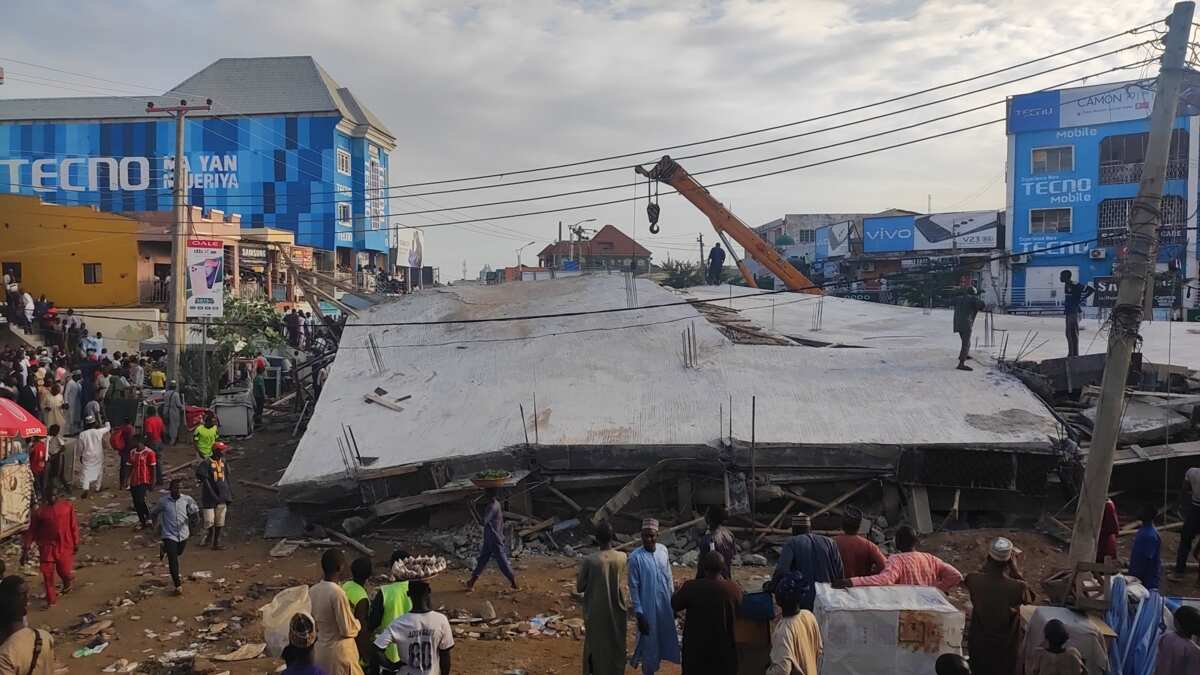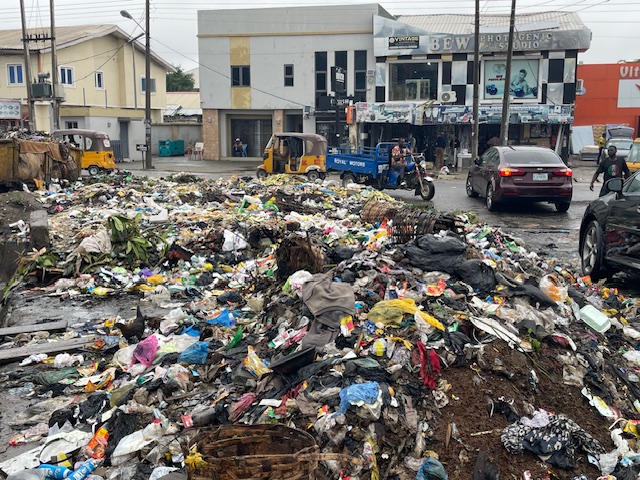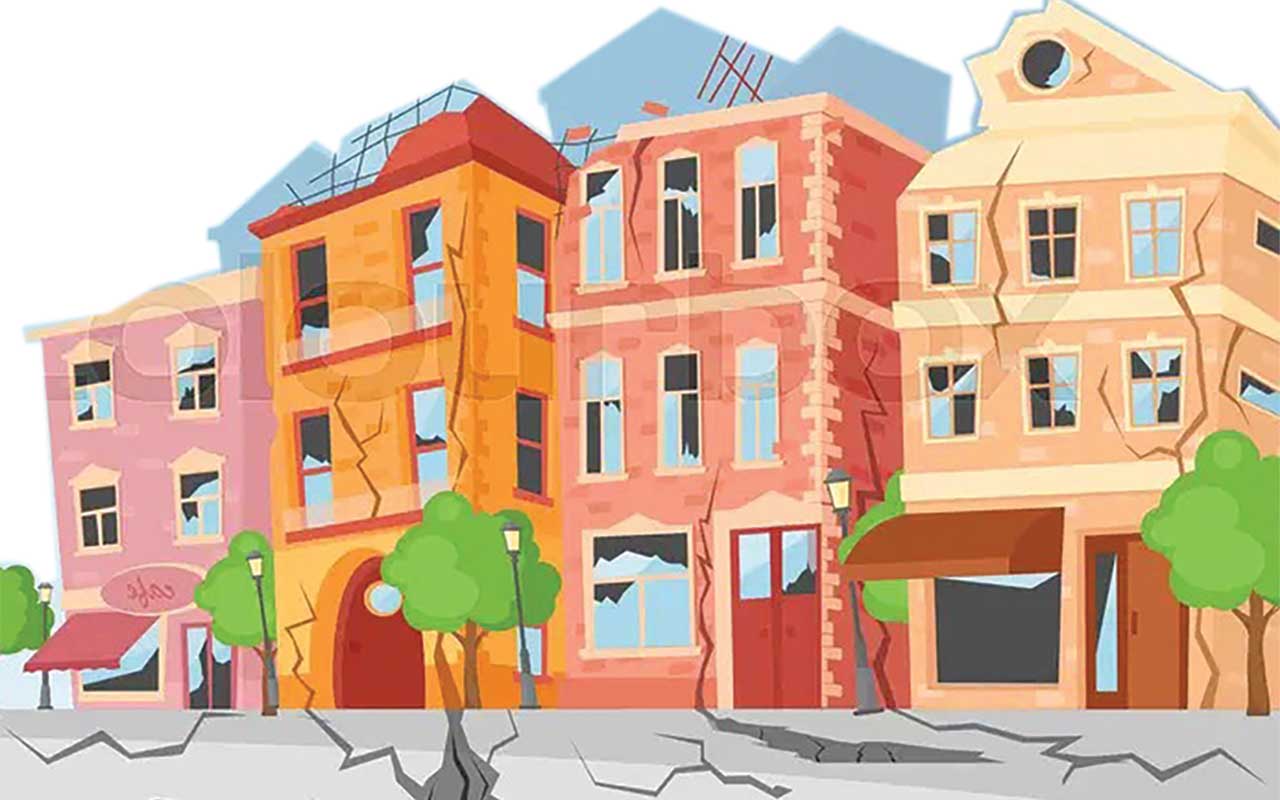 As governments at different levels strive to tackle the menace of building collapse, which has, in the last 50 years, caused 1,574 deaths in 627 reported incidents nationwide, some developers are still resorting to unethical practices to outsmart regulatory control, BERTRAM NWANNEKANMA reports.
As governments at different levels strive to tackle the menace of building collapse, which has, in the last 50 years, caused 1,574 deaths in 627 reported incidents nationwide, some developers are still resorting to unethical practices to outsmart regulatory control, BERTRAM NWANNEKANMA reports.
After several years of failing to tackle headlong, the menace of building collapse in the country, the federal government’s recent vow to prosecute perpetrators appear to have set the stage for reforms in the built environment.
The Minister of Housing and Urban Development, Ahmed Dangiwa, during a meeting to review recommendations of the building collapse committee of the ministry, alongside regulatory bodies, charged the committee to develop a checklist of professionals that must be fully involved in construction processes to ease investigation and identifying culprits.
The current move includes the reconstitution of the National Building Code Advisory Committee, a review of the Acts establishing the Architects Registration Council of Nigeria (ARCON), Council of Registered Builders of Nigeria (CORBON), and Town Planners Registration Council (TOPREC) to make them more effective in curbing quackery; implementation of punitive measures, and sanctions for professional negligence, and regulatory bodies to collaborate in the event of a collapse.
Building collapse, which came to national consciousness in October 1974, when a multi-storey building came down due to excessive loads, killing 27 people in Oyo State, has assumed more dimensions with about 574 deaths reported in 627 incidents across the country in the last 50 years.
To curb this menace governments at various levels have come out with several measures, which are yet to yield expected results. These measures included integrity tests for high-rise buildings, enforcement of laws and policies, as well as sensitisation of citizens and building developers on the menace.

But despite all these measures, the menace has continued unabated with experts calling on the federal government to collaborate with professional bodies to ensure that individuals or building developers consult certified professionals.
Lagos State, Nigeria’s economic capital has had its fair share of collapsed buildings. Indeed, the grim statistics from the state, which increases with each passing day, is a serious cause for concern.
For instance, on January 29, 2025, two people were confirmed dead, while five others were rescued alive after a two-storey building collapsed at Mega Mall Estate, Mobile Road, Inikpa, Ikota, Ajah, Lagos State.
Between 1974 and 2024, Lagos has recorded 627 incidents of building collapse. An independent body of built environment professionals, the Building Collapse Prevention Guild (BCPG), which affirmed the figure in a recent release, noted with nostalgia, the Synagogue Church of All Nations (SCOAN) building collapse, which led to the loss of 116 people.
One of the most notorious incidents in the state was recorded in 2021, when a 21-storey block of luxury flats under construction collapsed, killing 42 people thereby making Lagos “the epicentre of building collapse in Nigeria.” The city has seen at least 90 buildings falling in the last 12 years, leaving more than 350 people dead, according to the Council for the Regulation of Engineering in Nigeria (COREN).
Away from Lagos, 22 persons died and 132 got injured when a school building collapsed in Jos North Local Council of Plateau State, last July. In the state, the latest building collapse, in BCPG record, happened in Riyom Local Council of the state, where a residential building collapsed in the early hours of Monday, September 16, 2024, during a heavy downpour, and four persons were injured.
Over the years, the Lagos State government has come up with several strategies to curb the menace with one of the most recent measures being to compel developers to get authorisation from the Lagos State Building Control Agency (LASBCA).
Under this measure, developers are required by regulation to submit a list of professionals, who would execute any project before its commencement.
These professionals range from structural engineers, mechanical, electrical, and civil engineers, quantity surveyors to builders that perform supervisory roles in the projects.
However, an investigation by The Guardian revealed that developers and/or their agents are now randomly submitting names of professionals that are supposed to work at their building sites just to meet requirements of the regulation as it concerns the submission of professionals for their projects.
In other instances, unscrupulous developers have adopted other queer methods, which include the submission of names of fictitious/non-existent professionals, names of dead or existing/established professionals, but without their consent. This has been proven in a number of ongoing projects in the Lagos Island and Maryland parts of the state.
The Guardian further learnt that the names of architects, structural engineers, and other key professionals needed to secure Commencement of Work Approvals from the state government were mostly featured in the scheme.
Further findings showed that these antics by some developers were to prevent them from incurring the additional costs (of engaging the services of these professionals), which will further impact the cost of the buildings already stretched by high inflation rate.
This menace has continued to pose a serious challenge to efforts aimed at mitigating building collapse.
Built environment experts maintain that developers, who engage in these unwholesome practices do so to make more profits to the detriment of the lives of vulnerable construction workers.
According to the President of the Nigerian Institution of Structural Engineers (NIStructE), Johnson Adeyoye, the malfeasance exists because some Nigerians have a high propensity to circumvent the process and evade payment of professional fees to built environment professionals.
He accused such developers of employing antics instead of approaching registered professionals for services.
According to him, people joyfully pay 10 per cent to lawyers for rent, but when it comes to construction that costs billions of naira, they fail to pay to assemble architects and structural engineers for the stability of their investments.
Adeyoye stressed that developers connive with those at the physical planning authorities to circumvent the process, without recourse to safety, durability, quality, strength, and viability of the building.
He stressed that the consequence of professionals cutting corners is that the country will continue to witness building collapses.
Adeyoye, therefore tasked regulatory authorities to improve on supervision, stressing that NIStructE has concluded an arrangement to hoist a website containing names and numbers of qualified members of structural engineers for easier verification to curtail the malfeasance and incidence of building collapses in the country.
A past president of the BCPG, Kunle Awobodu, regretted that these professionals, in connivance with developers have continued to cut corners, despite the recurring loss of human lives and resources owing to avoidable construction failures.
Awobodu, a former President of the Nigerian Institute of Builders (NIOB) linked the menace to the survivalist mentality of many because of the impact of high interest rates on building construction.
He stressed that most of the issues surrounding building collapses arise from the sites. According to him, when site managers are properly identified, then the chances of managing the crisis in the future will be reduced.
Awobodu, the Chief Executive Officer of Reo Habilis Construction, noted that due to rapid inflation, the budget of developers has somersaulted.
He said: “I don’t know how a professional will submit names on four or five building sites that he has, when in fact the names are fictious.
“Personally, I’ve been to many sites in Lagos where names of professionals are being bandied as those that are in charge. But by the time you trace these names, some of the persons will tell you that they aren’t aware of such projects.
There are also some of these so-called professional agents who are using their names to cover up on different sites.”
Awobodu appealed to developers to be courageous enough to demand a review of construction costs so that the temptation of compromising the standard and reducing quality would be overcome.
“By the time some of these professionals are prosecuted, they’ll be cautious, and everybody should be wary of just being after profit and immediate gratification, but be after the delivery of durable projects,” he said.
To check the menace, Awobodu said there is a need to have resident builders on site to enforce standards.
Also baring his mind on the development, the General Manager, of the Lagos State Building Control Agency (LASBCA), Gbolahan Oki told The Guardian that the reason for the recent revocation of all existing certificates of authorisation was because 60 to 70 per cent of those who applied for commencement approvals were individuals.
According to him, what they do is once they get an approval and authorisation, they don’t take cognisance of professionals that are supposed to be on sites.
Oki, who said that most developers have approved and professional engineers on site, stressed that some other relevant professionals need to be on building construction sites where structures that would stand the test of time are being developed.
A developer and an engineer, Dr Adekunle Raphael-Monehin, tasked the LASBCA and other government agencies to control quackery in the industry, as many quacks work in tandem with officials of the regulatory authorities.
Raphael-Monehin, who is the Managing Director of Tobykemsworth Investment Limited, called for the prosecution of developers that are utilising quacks.
According to him, the government should go beyond taxes and collection of necessary construction fees to ensure the safety of buildings.
“We must ensure that professionals like civil engineers, structural engineers, and others are on the ground before the commencement of building projects to curb collapsed structures, because, in terms of construction, there are protocols,” he added.





